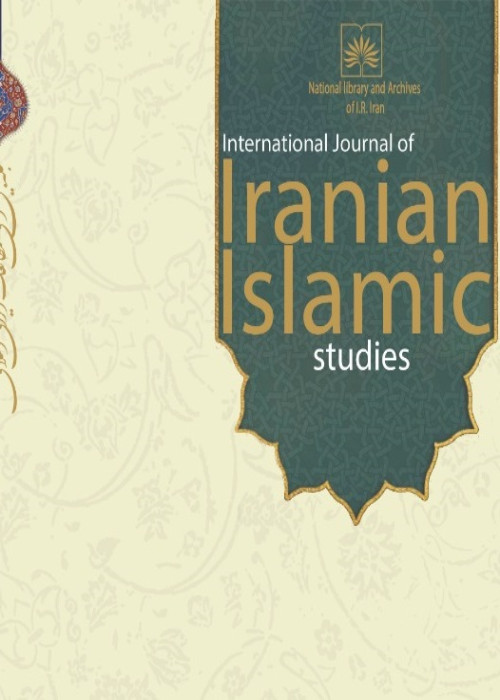A historical approach to the evolution of religion and religious tendencies in Saravan
Having a rich historical and cultural background, Saravan city has been appeared as a cultural community during the past centuries. During many ages, the existence of the element of religion in the cultural infrastructure of this city has raised it as a center of the production and dissemination for Islamic beliefs with different tendencies. The flourishing of religious thought in the people of this region has elevated it to the level of the cultural-religious capital of Baluchistan. The grounds and contexts of this growth and development can be analyzed in the services of previous generations in order to explain Islam among the people of the region, as well as the effort to publish and promote religious principles and goals through the establishment of educational institutions. On the other hand, the the vicinity to the Indian subcontinent and also to countries such as Afghanistan and Pakistan have affected on diversity of religious thoughts and political affairs. It seems the most prominent of them are Cheshtieh, Quaderieh and Naghshbandieh which are evolved on the doctrines of Akhavanolmoslemin, Modoodi and Tablique jamaat (a propagation group). The oldest leader of this doctrine in Saravan was Soltan Baba Haji a founder of Sufism in Saravan. The mentioned doctrines also were in contrast to each other but some of them had some kinds of religious thoughts in common too. They were the most powerful religious tendencies. In fact, Saravan’s geographical and also migratable situations have influenced its culture and traditions. The leadrers’ interactins with other countries and their studies in different aspects of the religion have been the most effective reasons to this region. First, is related to a group named Bozorgzadeh who were as the first influenceable tribe. Second, are Sadats who were some migrants from Afghanistan who were more respectable religious group among people. Third, a subgroup of Sadats with several families who now are as the clergy men as named Molavi in Saravan. Fourt, the people who are originated of five generations ago from Connars migrated from Afghanistan. The fifth religion groups of Saravanians are from Abdolrahman Heravi the son of Seyed Heidarali Shah. There is no a clear history of this region’s people tendency to Hanafi sect. Because they have been familiar with the ways of Islamic thoughts which were in relation to the sufies who had come before and they used the Islamic rules practically. Moreover, the immigrants’ religion is not clear as they have been arrived. They have used the religious thoughts based on presence in Afghan schools in Saravan and their leader was named Imam Abouhanifeh. At the present there exist of all prominent Islamic thoughts in different parts of this region that is as one of important cultural_ religious feature to accept differences and nahles of Islam. However, people in this region as being educated and thoughtful have always been as well-mannered with a good culture among Balouchistanians. In fact, in this province, other people mention Saravan as the cultural center of Balouchistan though they call it the gate of India because they have always been interacted with their neighbors to exchange and share the sane beliefs, culture, language and religion. In addition, as this area has been the origin of wisdom, there exist Islamic mysticism in both Dahak and Kalpooregan villeges yet. In the current study, the fields to develop and boost of religion originated from previous generations in Saravan and their role in keeping Islamic thoughts has been analyzed.The result of these measures has been the institutionalization of religious thought among the people. The present study aims to examine the religious developments in the city of Saravan and emphasizes the religious and sectarian tendencies in the last two centuries. The results of this study, which was conducted based on library references and the use of surveys and interviews with various experts, show that Saravan has undergone many cultural and religious changes throughout history.
Balochistan , Saravan , Religion , Suhrawardieh , Naqshbandieh , Qaderieh , Cheshtieh
- حق عضویت دریافتی صرف حمایت از نشریات عضو و نگهداری، تکمیل و توسعه مگیران میشود.
- پرداخت حق اشتراک و دانلود مقالات اجازه بازنشر آن در سایر رسانههای چاپی و دیجیتال را به کاربر نمیدهد.


